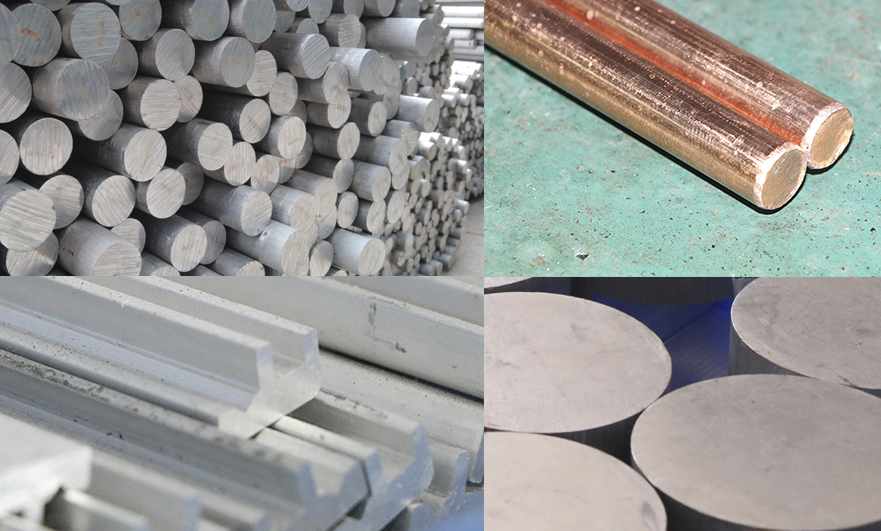15 years one-stop China custom CNC machining parts factory

Hey there I’m VMT Sam!
With 25 years of CNC machining experience we are committed to helping clients overcome 10000 complex part-processing challenges all to contribute to a better life through intelligent manufacturing. Contact us now
 172 |
Published by VMT at Feb 15 2022
172 |
Published by VMT at Feb 15 2022
1. Determine the requirements required for the function of the CNC machined part
2. Identify common materials used for CNC machined parts
3. Consider related secondary processing
Prioritize your CNC machined part requirements
1. Environment: For many, this is definitely the most important requirement. Environmental factors may include heat and cold resistance, flame retardancy or UV and chemical resistance.
Depending on the application, your material may have to be food grade or medical grade. Consider the full range of CNC machined part applications. For example, CNC machined parts for medical devices may have to withstand the extreme heat of an autoclave or harsh chemical sterilization between uses.
2. Electrical: This can cover a range of application-related factors. Parts may need to be conductive or insulating. It may be necessary to dissipate static electricity. In either case, choosing the right metal or plastic resin is critical.
3. Mechanical: Strength comes in many forms. CNC machined parts may need to fall anywhere on the continuum from rigid to flexible. It may require tensile or compressive strength, or be able to resist impact. It may have to resist wear or provide lubricity to function as a bearing. There are materials that meet these requirements, and some CNC machined part materials are more efficient than others.
4. Size: While machining can produce CNC machined parts in a variety of sizes, CNC machined part size may be limited by the maximum available size for a particular stock material.
5. Cost: Cost can be an important factor and usually falls behind the must-haves and the nice ones.

Identify commonly used CNC machined part materials
Over the years, our engineers have identified select materials for CNC machining processes, and these materials have been a popular choice for our customers.
For metals, these include aluminum, brass, copper, stainless steel and steel. Among plastics, designers often choose polyetheretherketone (PEEK), ABS, acetal, nylon, polycarbonate, polyvinyl chloride (PVC), high and low density polyethylene, and more. Protolabs offers over 40 different grades of plastic and metal materials. Some important properties of the most popular CNC machining materials include:
ABS and Acetal
1.ABS has high impact strength, low thermal conductivity and low friction coefficient.
2. Acetal has high mechanical strength, good dimensional stability and low hygroscopicity.
PEEK and Ultem
1.PEEK has high wear resistance, low moisture absorption and low friction coefficient.
2.Ultem (PEI) has extremely high strength, stiffness, chemical resistance and high dielectric strength.
Aluminum 6061 and 7075
1.6061 offers excellent machinability, low cost and versatility.
2.7075 has high strength, hardness, low weight and heat resistance.
Finishing options and CNC machining process selection
In addition to material selection, the associated secondary processing also needs to be considered. For example, if the selected material is one of the available aluminum alloys (6061 and 7075), there are several available related finishes to consider. Anodizing is more suitable for durability.
VMT is mainly engaged in the production and manufacture of non-standard precision CNC machining parts. It has been deeply involved in the industry for many years and has rich experience. If you have requirements for CNC machining, CNC lathe machining, and five-axis CNC machining services including aluminum, copper, stainless steel, iron, titanium alloys, plastics and other products, you can contact VMT, and we will provide you with a combination of low cost and high quality solution.
Ready To Start Your Next Project?
Get Instant Quote

Request a Free Quote
Send us a message if you have any questions or request a quote. We will get back to you ASAP!